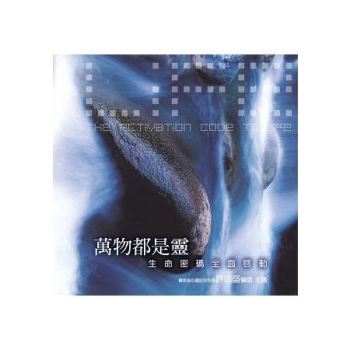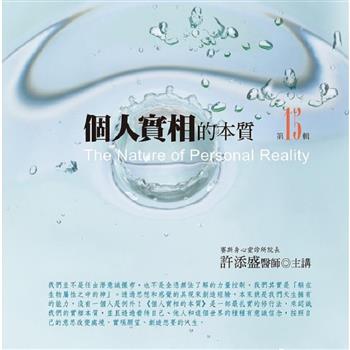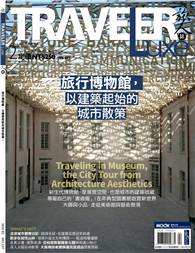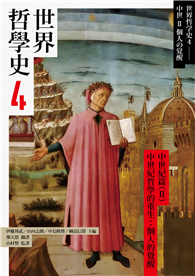While the question of how rhetoric lost authority to modern philosophical and scientific inquiry has drawn much scrutiny, we have paid less attention to how values that were once bound up with rhetoric were rearticulated after its demise. This volume explores how persuasion ceased to be the seemingly self-evident objective of rhetoric and became, instead, a variable and substantive focus for discussion in its own right.
After rhetoric ceded much of its centrality to logic and empirical procedures, the significance and implications of persuasion were the subject of renewed attention in a range of different fields, including philosophy, law, poetry, novels, botany, cultural criticism, historiography, political thought, and public lecturing. Persuasion after Rhetoric in the Eighteenth Century and Romanticism maps how values of persuasion were adapted and diversified in ways that still resonate with current arguments about conviction, understanding, and belief. Contributors address the figurations of persuasion in a range of theorists and writers, from Jean-Jacques Rousseau, Adam Smith, Immanuel Kant, Edmund Burke, and Mary Wollstonecraft, to Samuel Richardson, Jane Austen, Thomas De Quincey, Thomas Campbell, William Hazlitt, Heinrich Heine, William Lloyd Garrison, and Frances Ellen Watkins Harper. This collection offers a detailed account of persuasive interests at the threshold of modernity. It also prompts us to rethink persuasion now that its continued efficacy seems at risk in a fragmented public sphere.| FindBook |
有 1 項符合
Persuasion After Rhetoric in the Eighteenth Century and Romanticism的圖書 |
 |
Persuasion After Rhetoric in the Eighteenth Century and Romanticism 出版社:Oxford University Press, USA 出版日期:2024-09-11 語言:英文 規格:精裝 / 288頁 / 普通級/ 初版 |
| 圖書館借閱 |
| 國家圖書館 | 全國圖書書目資訊網 | 國立公共資訊圖書館 | 電子書服務平台 | MetaCat 跨館整合查詢 |
| 臺北市立圖書館 | 新北市立圖書館 | 基隆市公共圖書館 | 桃園市立圖書館 | 新竹縣公共圖書館 |
| 苗栗縣立圖書館 | 臺中市立圖書館 | 彰化縣公共圖書館 | 南投縣文化局 | 雲林縣公共圖書館 |
| 嘉義縣圖書館 | 臺南市立圖書館 | 高雄市立圖書館 | 屏東縣公共圖書館 | 宜蘭縣公共圖書館 |
| 花蓮縣文化局 | 臺東縣文化處 |
|
|
圖書介紹 - 資料來源:博客來 評分:
圖書名稱:Persuasion After Rhetoric in the Eighteenth Century and Romanticism
內容簡介
作者簡介
Yasmin Solomonescu, Associate Professor, Department of English, University of Notre Dame, Stefan H. Uhlig, Associate Professor of Comparative Literature, University of California, Davis
Yasmin Solomonescu is Associate Professor of English at the University of Notre Dame. She has held fellowships from the National Humanities Center and Chawton House and was a Social Sciences and Humanities Research Council of Canada Postdoctoral Fellow at York University. She is author of John Thelwall and the Materialist Imagination (2014), editor of John Thelwall: Critical Reassessments (2011), and co-editor of Enlightenment Liberties/Libertés des Lumières (2018) and of a modern edition of John Thelwall’s 1801 novel The Daughter of Adoption (2013). Stefan H. Uhlig is Associate Professor of Comparative Literature at the University of California, Davis. Before he joined Davis, he was a Fellow and Director of Studies in English at King’s College, University of Cambridge. He has co-edited Aesthetics and the Work of Art: Adorno, Kafka, Richter with Peter de Bolla (2009), Wordsworth’s Poetic Theory with Alexander Regier (2010), and Goethe, Worlds, and Literature with Daniel Purdy and Chunjie Zhang (2018). His book Rhetoric, Poetics, and Literary Historiography: The Formation of a Discipline at the Turn of the Nineteenth Century was published by the University of Pennsylvania Press in 2024.
|











